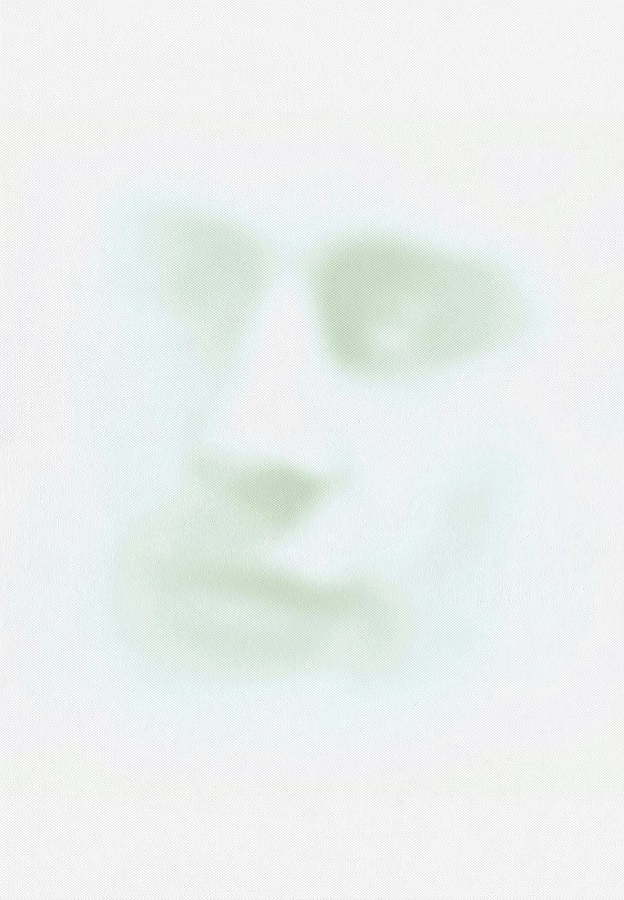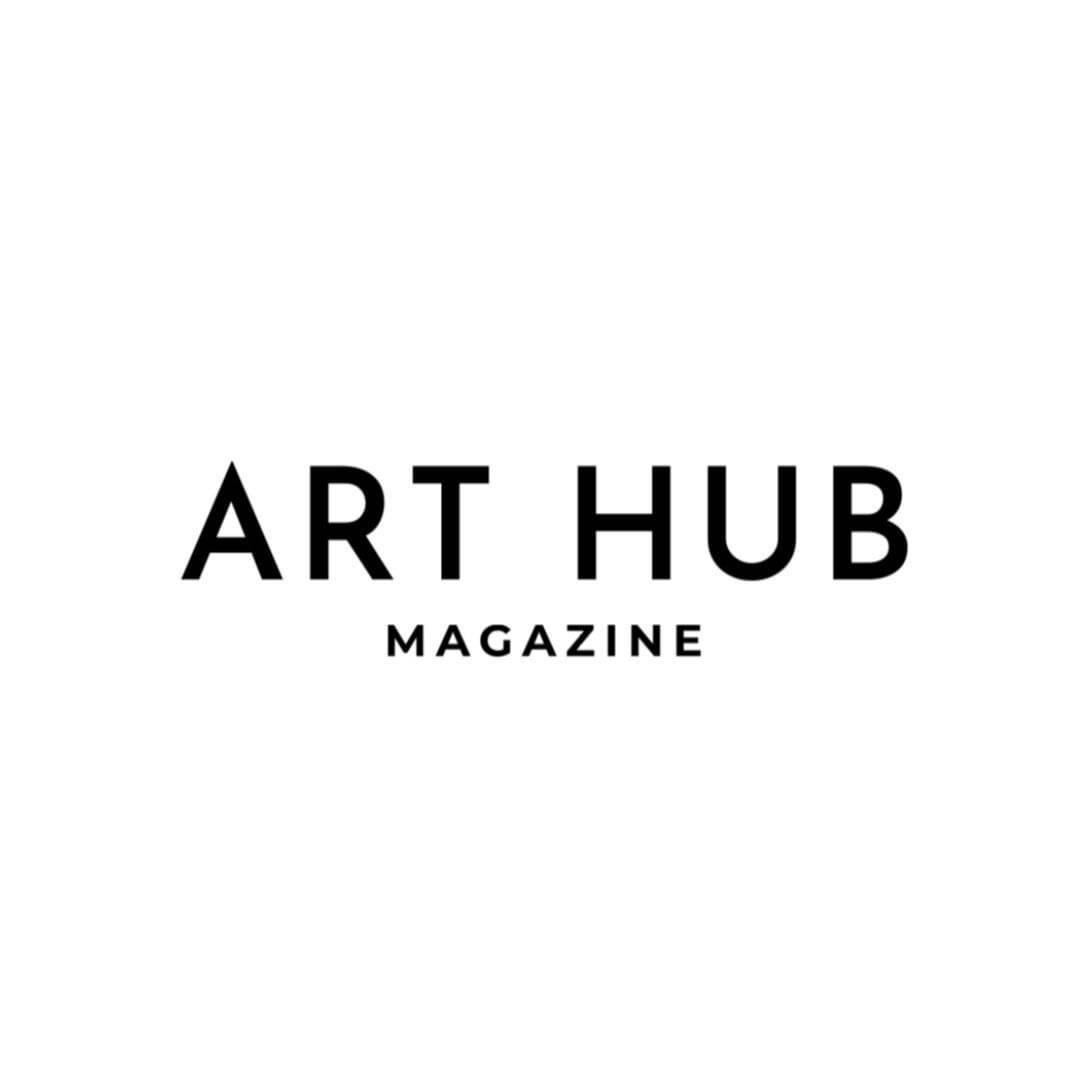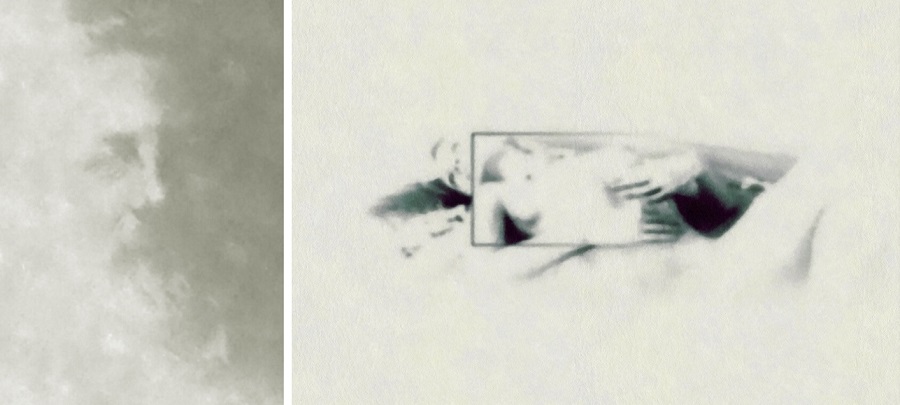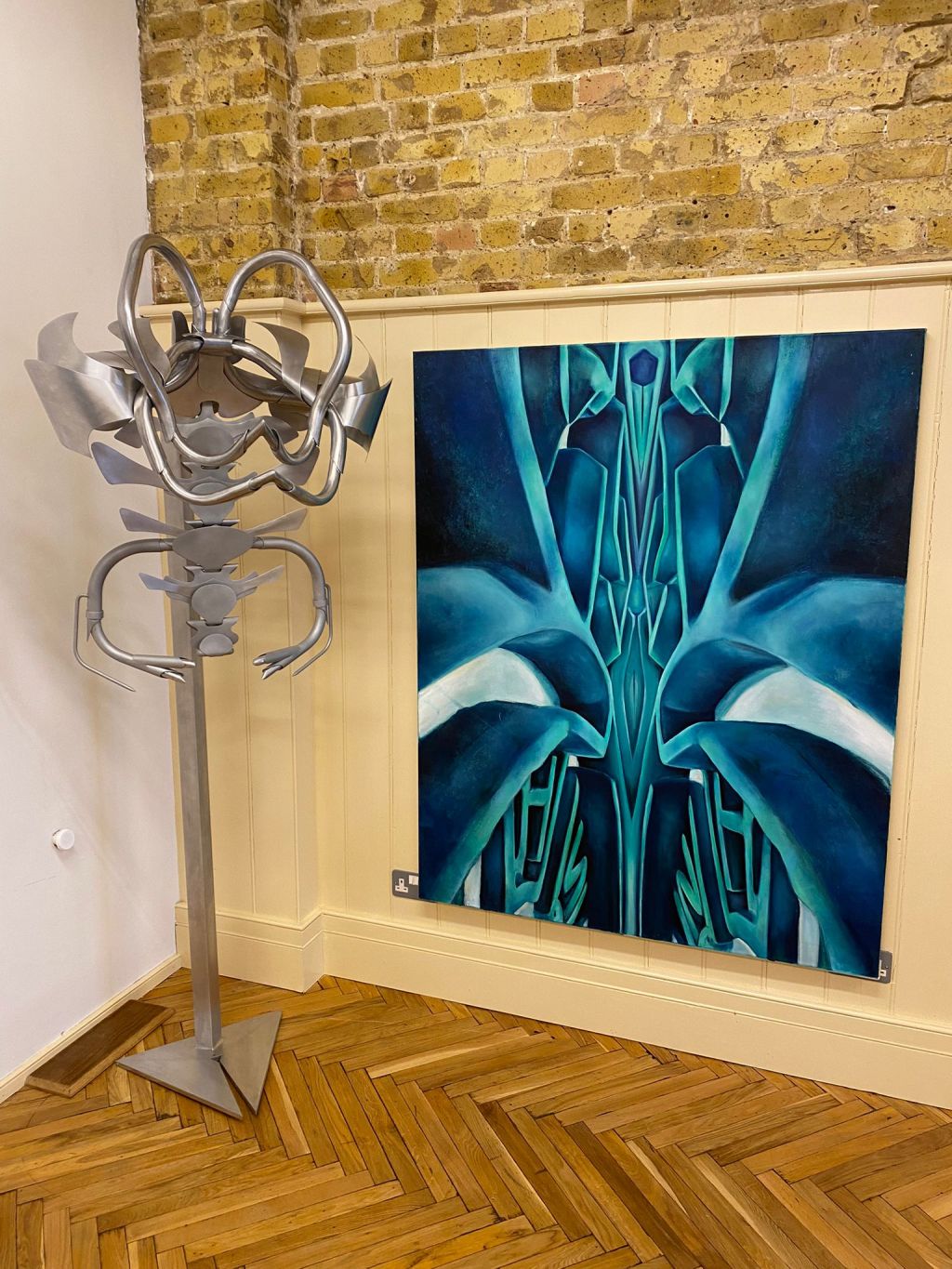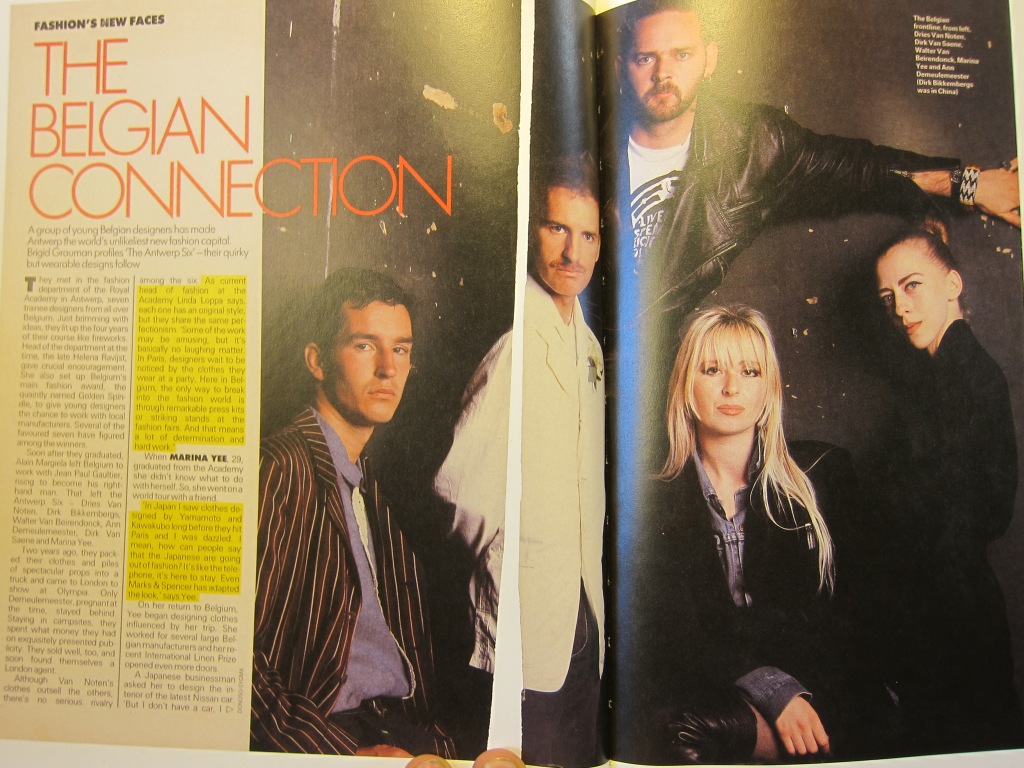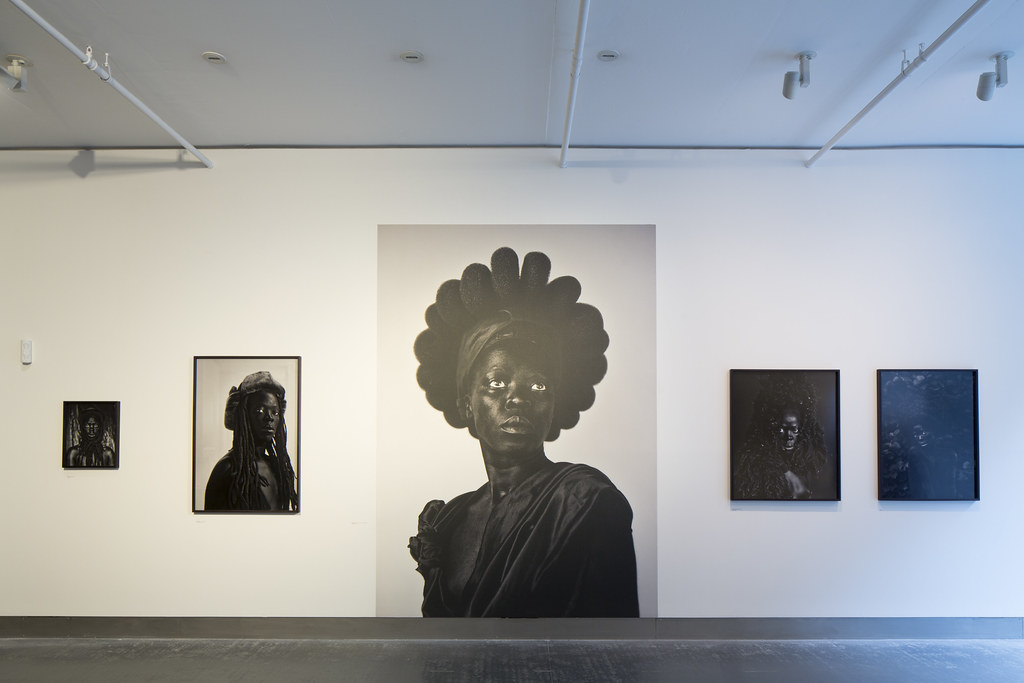Daniele Bongiovanni is an Italian painter and art professor born in Palermo in 1986. He studied at the Academy of Fine Arts of Palermo, where he received a Bachelor’s degree and a Master’s with honors in Fine Arts with a thesis on Oskar Kokoschka’s expressionism and a thesis on a concept of deconstruction in Western paintings from the 16th to the 20th century, respectively. He works between Italy and the United States.
Bongiovanni’s paintings, universally acclaimed for the peculiar style of “white skies”, has always been focused on natural space and the human figure. His subjects, although inspired by external reality, have consistently maintained a partially idealized and rarefied configuration, characteristics motivated by a deep conceptuality.
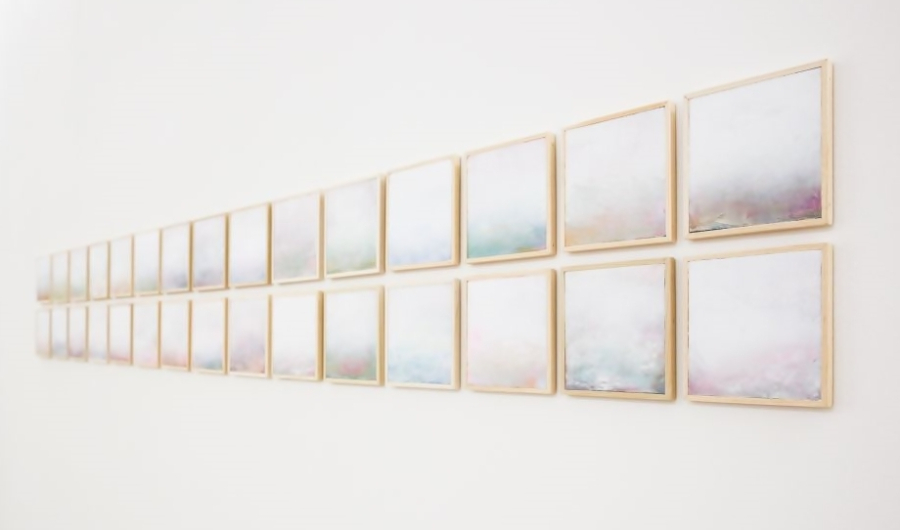
Can you share some of the early influences that sparked your interest in art and led you to pursue a career as a painter?
I have always manifested a natural propensity and a necessity towards drawing and painting, building my path step by step. Since the basic studies and then the academic ones, I have always focused on bringing forward my perspectives: from reflection to actual visual realization, drawing inspiration from the painters I loved and studied with rigor the first step, then came an unpublished poetics. What’s the purpose? Transforming special experiences of thought and life into chromatic expressions. Every shape and every face I have seen have taken on a pictorial dimension in my perception, even before they appeared realistic. The decision to pursue the career of painter was dictated by my natural nature, followed by a very structured will, essential to refine individual predispositions.
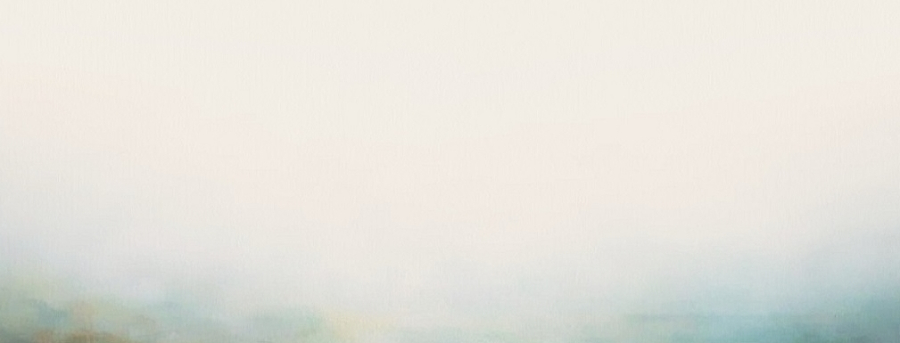

Your paintings are often characterized by “white skies”. Could you elaborate on the evolution of this particular style and its significance in your work?
Each of my paintings belongs to a well-defined cycle, based on various conceptual factors, painting as a concept body, a will I have developed over the years. The fruition of my painting requires a double key of interpretation: emotionality and practical experience. The “white skies”, which in reality are not purely white, represent a metaphor frozen by the pictorial medium; a synthesis of concepts such as the purity of nature and the relationship with light that for centuries fascinates the artist and man in general. My work is presented as a complex container of brightness, which makes sacred and desecrating, invites to explore the relationships between formality and informality, even end in themselves, and almost imaginary landscapes, shaped through the physics of color. The lack of heaven in all my paintings, instead of limiting perception, wants to stimulate the imagination, suggesting the depth of field through the celestial architecture partly absent, a lateral thought, a constructive paradox.
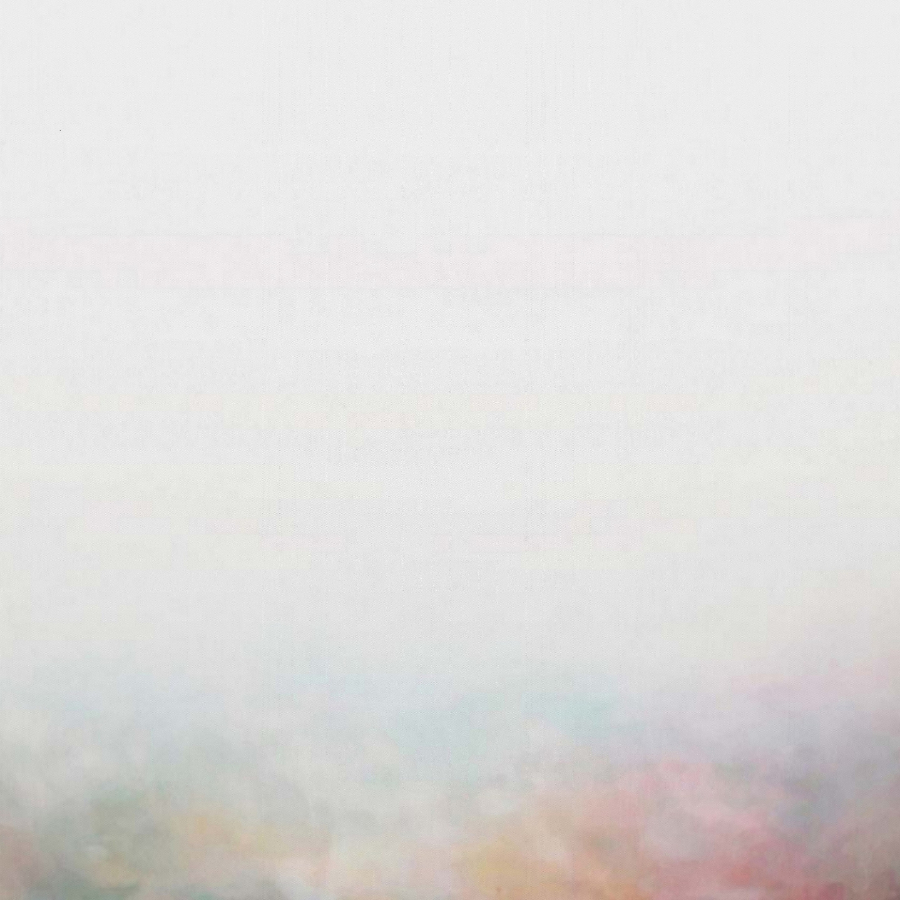
Your body of work includes several thematic cycles. Could you discuss the inspiration behind these cycles and how they contribute to the overall narrative of your artistic journey?
The thematic cycles in my works draw inspiration from life experiences, theoretical (complex or simple), philosophical reflections and occasionally dreams or mirages. Each cycle contributes to a subsequent larger narrative that often lasts years, allowing the audience to immerse themselves in different dimensions connected between the title of the single painting or concept and the subject painted in the single painting: man or landscape. The various cycles dedicated to nature aspire to mature constantly, offering an inexhaustible reading of the space created by the artist, in a sublime key, shared with those who want to explore it, even regardless of who made it.
Your works have received awards at the Venice Biennale, among other honors. How has international recognition influenced your artistic career and the themes you choose to explore in your work?
International recognition has significantly impacted my career, broadening my visibility and allowing me to explore new perspectives, encouraging me to new challenges. Despite this, I maintain a calm approach, focusing exclusively on the message and research; preserving the authenticity of my artistic purpose that comes to life only thanks to deep needs, regardless of recognition.
As a Professor of Artistic Anatomy, how does your role in Academia influence your artistic practice, and vice versa?
My role as professor enriches my continuous hunger for artistic-didactic analysis, allowing me to share the knowledge acquired with students and deepen for them and with them the understanding of the importance of a solid knowledge, useful to make concrete our need to create a new key to access the various layers of reality. The artist is a chronicler of life and the most transversal side of the same, to understand must study every aspect. The teaching of painting and artistic anatomy affects how to make young people perceive the concrete of art, which often at the beginning give much importance only to their creative instincts, without thinking about the factor of planning. For many students, obviously preparation is everything, to shape their professional future. This is an even more important factor for me.
You’ve collaborated with various universities internationally. How do these collaborations contribute to your artistic growth, and what do you gain from engaging with diverse academic environments?
Collaborations with international academic institutions constitute a continuous source of stimulus applied to work, contributing to the desire to analyze the phenomena that enrich the power of the visual arts, a potential difficult to stop because it borders on the speed of light, giving messages that go beyond the already important representation. The interaction with colleagues and students from different cultures amplifies my willingness to always look beyond, giving me new perspectives and approaches to my work as a painter and professor.

The mention of a work like Portrait of Jules Verne brings in a literary connection. How does literature, or specific literary figures, inspire and influence your artistic creations?
Literature has a significant impact on my painting, often so, but not always. The “Portrait of Jules Verne” is an example of how the iconography of a great character in history can inspire visual works that go beyond just a portrait of a historical subject, creating a bridge between what we see and what we feel, regardless. This portrait has a form that, although ethereal, almost elusive, remains anchored to anatomical reality, representing a union between the formal and the informal world.

Working between Italy and the United States, how does the duality of these cultural contexts impact your artistic expression and the themes you choose to explore?
The duality between Italy and the United States generates a positive tension in my work and life experience. Cultural diversity is also reflected in my more philosophical themes, those that apparently seem detached from reality, incorporating elements that challenge and integrate the perspectives of both contexts, creating a dialogue increasingly provided with contrasting impressions, Nothing is more stimulating than contrasts, nuances that break the obvious.
What advice do you have for emerging artists who are navigating the art world and developing their unique artistic voice?
For emerging artists, I recommend embracing their authenticity step by step, without haste, with attention but without haste. I recommend constantly exploring both the great artists and the stylistic choices of their peers. Confrontation generates new ideas, while sterile competition brings nothing. Clarity about one’s artistic vision is fundamental, avoiding immediately paths dictated only by vanity.
And the last question, can you walk us through a typical working day in your studio? How do you organize and structure your day to bring your art to life?
My day in my studio is very classic, marked by practice and reflection and vice versa. In summary I do a lot and I think a lot. From the preparation of the techniques to the support, every detail is considered in the laboratory phases. The intense work sessions, interspersed with necessary breaks, are dedicated to the creation of the bases and the subsequent pictorial phase, which often also needs months. The search for inspiration takes place through simple things: reading and contemplation of the previous work, it is all an evolution, I perform many experiments on materials, I am also struck by the smell of the surrounding environment and the memory of cultural exchanges had before the work session.
